Greetings!Isn't it time for rice to sprout soon? This is Mark, the writer.
I would like to ask all of you, “Do you maintain the nuts on your guitar or bass?”
Nuts are an important part on stringed instruments. I think there are a lot of people who don't do it because they have the idea that the nut is an important part of stringed instruments and should not be touched by amateurs.
However!
The nut is also a part that must be maintained regularly. Even if the original manufacturing is poor, it is possible to make it better than before if it is maintained correctly.
So, this time, I will talk about nut maintenance. It can improve the condition of some guitars enormously, so please learn it.
*I will not touch the locking nut that completely holds the strings in place.
■ Smoothness is the key to a good nut
Guitar and bass nuts are made of various materials. They’re usually made of animal bones, artificial bones that are made to replicate bones (NUBONE and TUSQ), metals, engineering plastics, integrated materials...
Each has a different coefficient of friction and acoustic properties, and manufacturers choose materials for installation based on various considerations such as cost and sound design.
All of them have one thing in common: “The strings on them must be kept in a state of smooth movement.”
When the strings are not being played, they are under high tension on the nut.
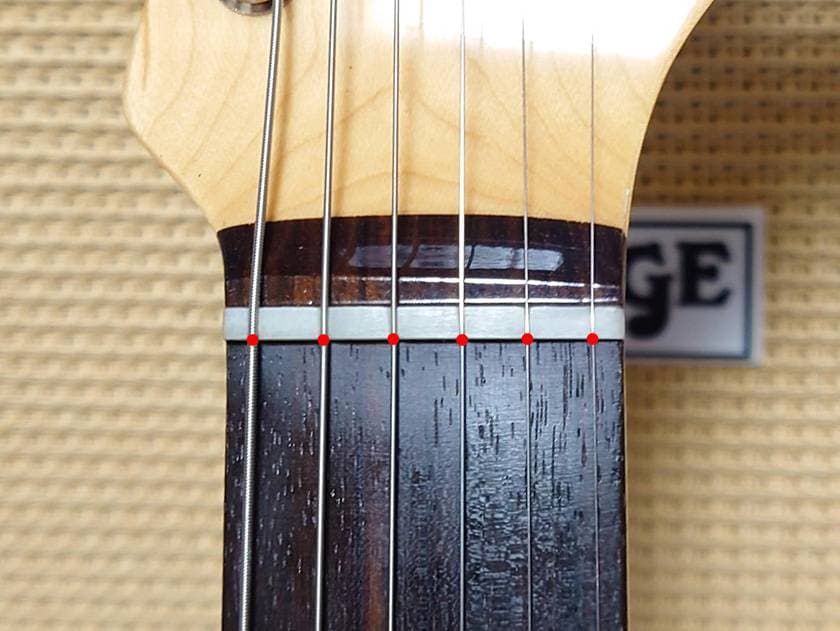
The red circle shows the contact point in the unplayed state.
When tuning, pressing, vibrato, choking, arming, the strings stretch and sag...
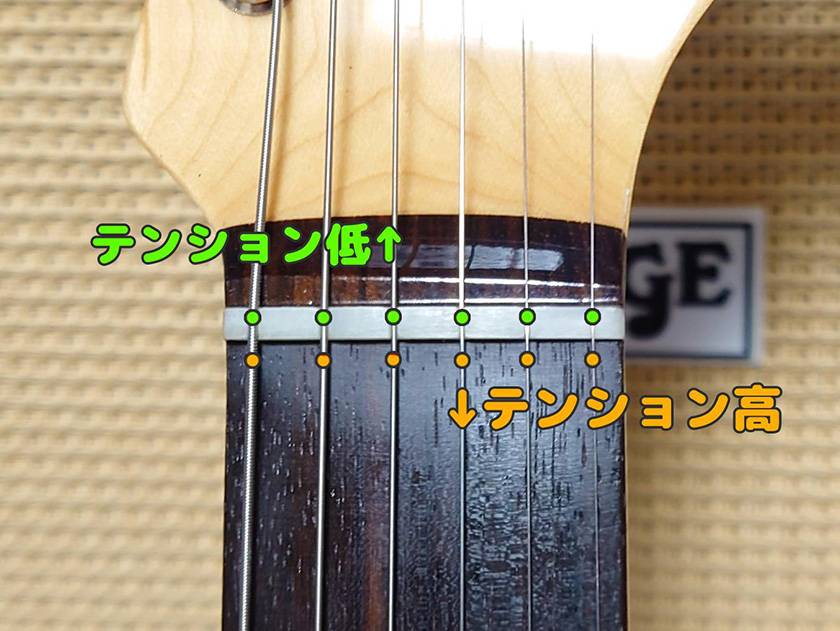
The initial contacts move back and forth as shown in the figure.
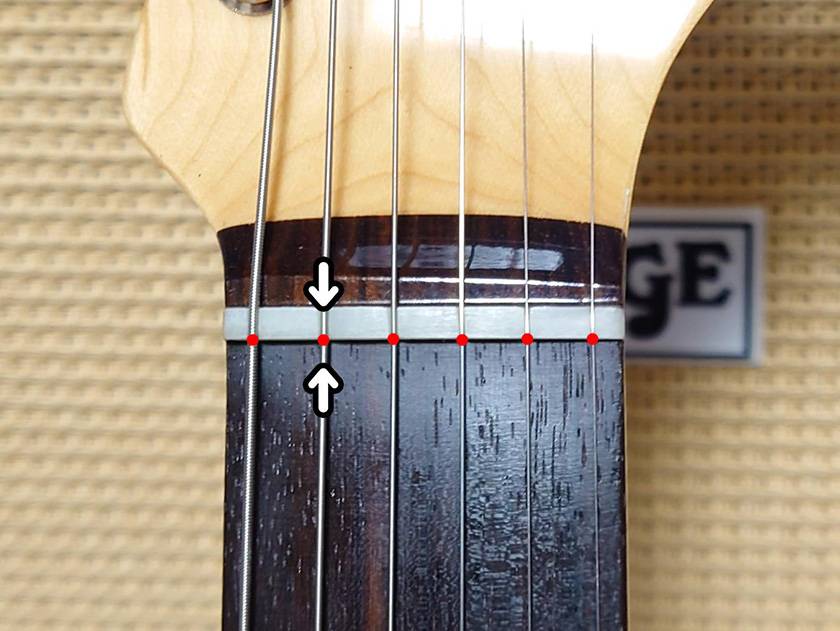
When the hand is removed from the string, the contact point returns to its original position.
Although the string and nut appear to be halfway fixed, they are actually moving in response to every action.
If the lubricity of the nut surface has worn off and the strings cannot move smoothly, it will be difficult to perform actions that involve movement, and the contact points that have moved will not return to their correct positions.
This will manifest as issues such as becoming hard to play, hard to tune, and easy to go out of tune.
This is a major obstacle to comfortable and accurate playing. It is very important to keep the contact point between the nut and the strings smooth.
■ Lubrication to Maintain Condition
Whether you have a precisely machined high-end nut or a moderately machined entry-level nut, simple maintenance will help keep it in better condition.
What to do? The answer is simple.
Lubricate.
Clean the surface and apply the appropriate oil or grease. That's it.
There are many opinions about lubricating nuts, but I will introduce the maintenance method I use.
*It depends on the material, so please check carefully before proceeding.
■ Lubrication Method
Now, let me explain the actual work.
First, remove the strings and clean the nut groove.
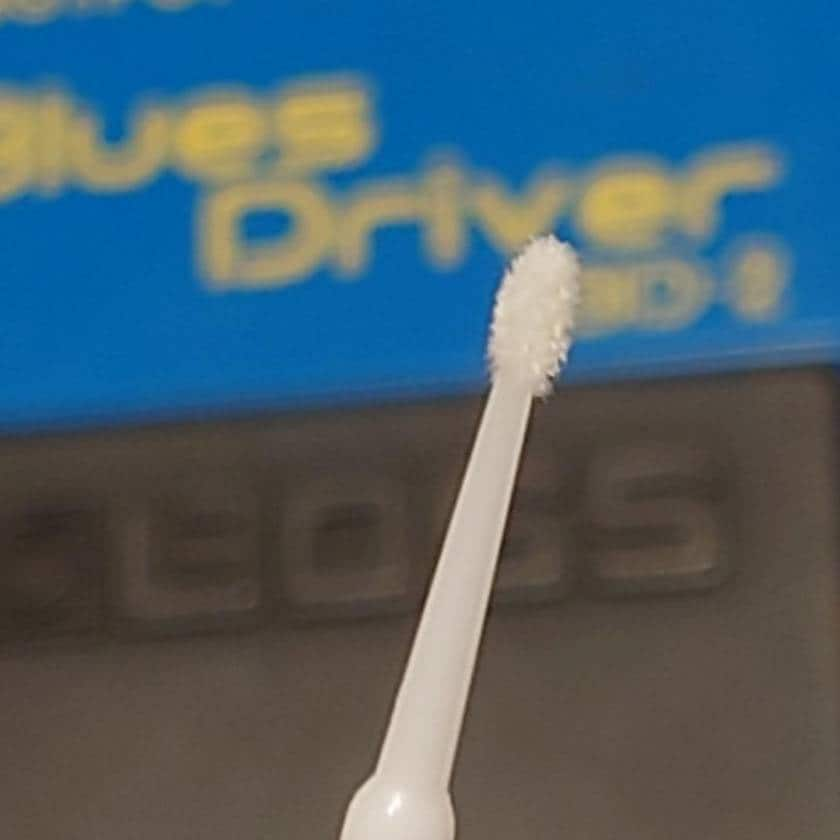
Use a tool that will not damage the nut, such as a small brush (micro-applicator) or toothpick as shown in the photo, to remove the blackened sludge that comes off of the string.
If it is not particularly dirty, a light wipe is all that is needed.
After cleaning, apply oil or grease to the nut.
Sound House has a lineup of various oils and greases. Each has different characteristics, so read the product description and make your choice.
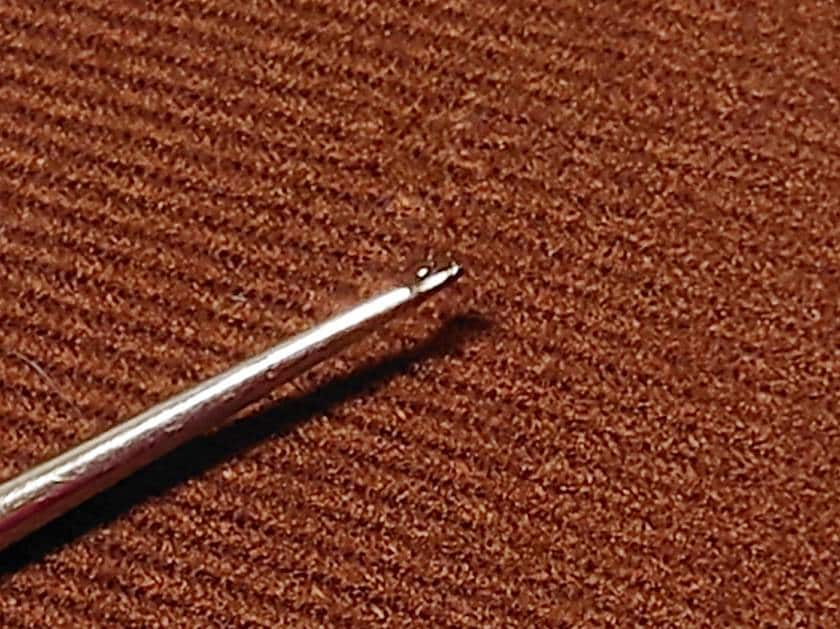
When the oil/grease is ready, pour it into the nut using the tip of a toothpick. The amount to be taken is about 1/4 of a grain of rice. It is a very small amount.
It is not enough to just apply a lot of lubricant. You need just enough to cover the surface. Excessive lubrication can cause leakage.
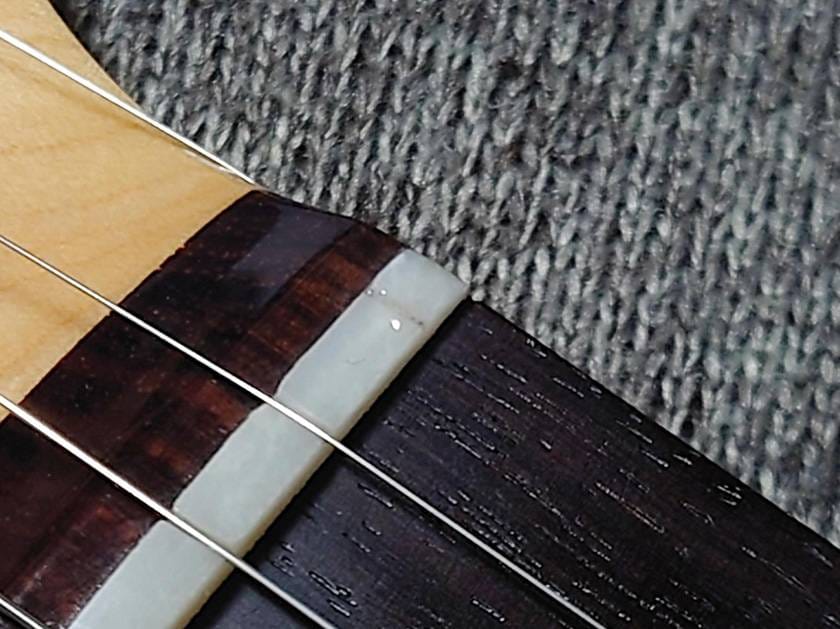
Place it in the nut groove like this.
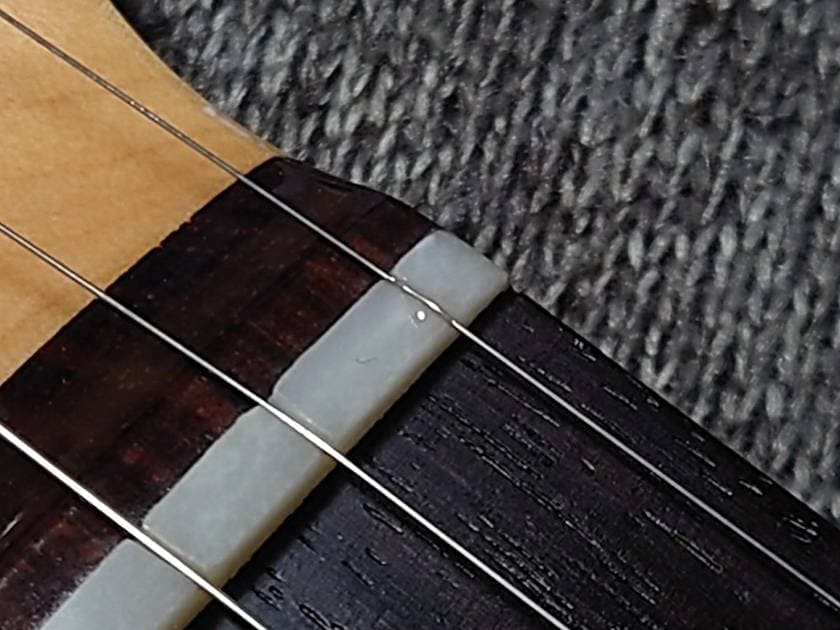
Put the strings back on, tune or arm it evenly, then wipe off the oil that has leaked out and you are done.
■ Parts other than nuts
Lubrication is also important for moving parts other than the nut.
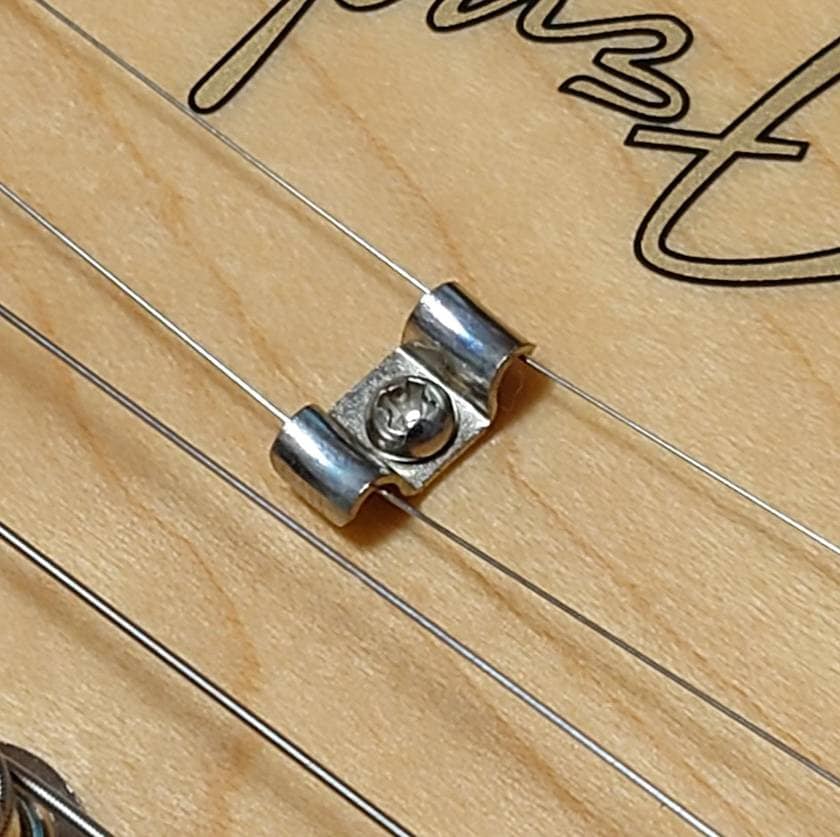
The string guide is a particular area that needs to be lubricated. Lubrication is very effective because of the high tension applied to these parts as well.
Clean the string in the same way as the nut, then pour the same amount of oil on the parts that come in contact with the strings and wipe off any excess.
■ Maintenance is an essential skill for players
There are many different methods and philosophies on instrument maintenance. You must decide what is right for you.
Think for yourself and take care of your instrument on your own responsibility. It is very important for players to have the right approach.
Please take this opportunity to experiment and have a better instrument life!
The “sound & person” column is made up of contributions from you.
For details about contributing, click here.











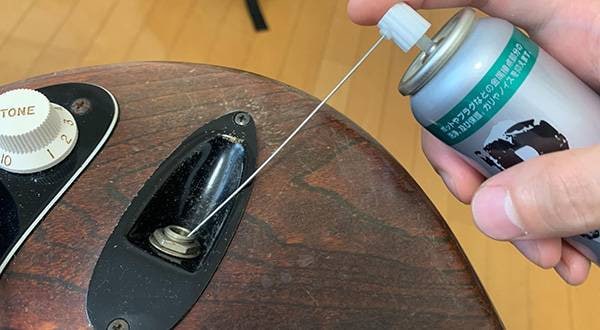
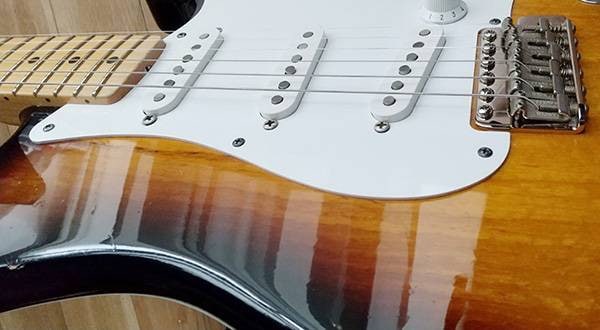
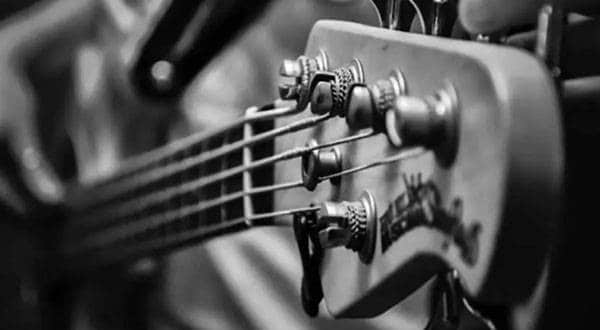
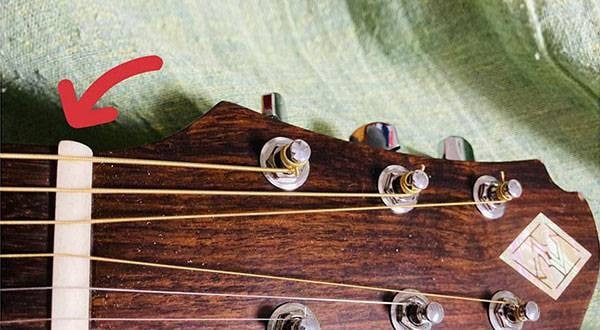
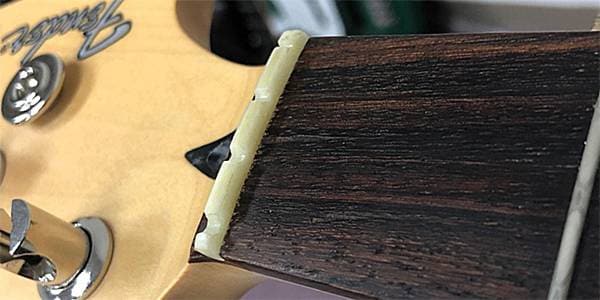
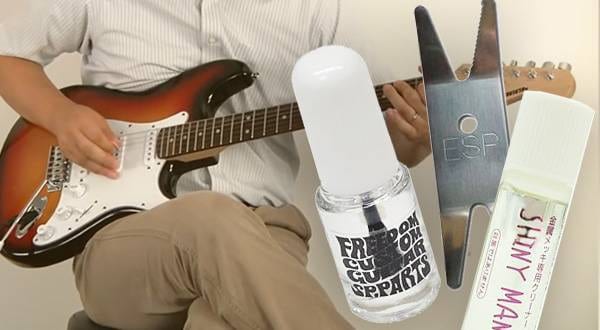
 DIY ギターメンテナンス
DIY ギターメンテナンス
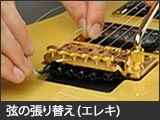 弦の張り替え(エレキギター)
弦の張り替え(エレキギター)
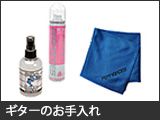 ギターのお手入れ
ギターのお手入れ
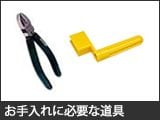 お手入れに必要な道具
お手入れに必要な道具
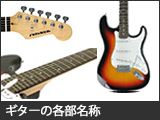 ギターの各部名称
ギターの各部名称
 ギタースタートガイド
ギタースタートガイド















